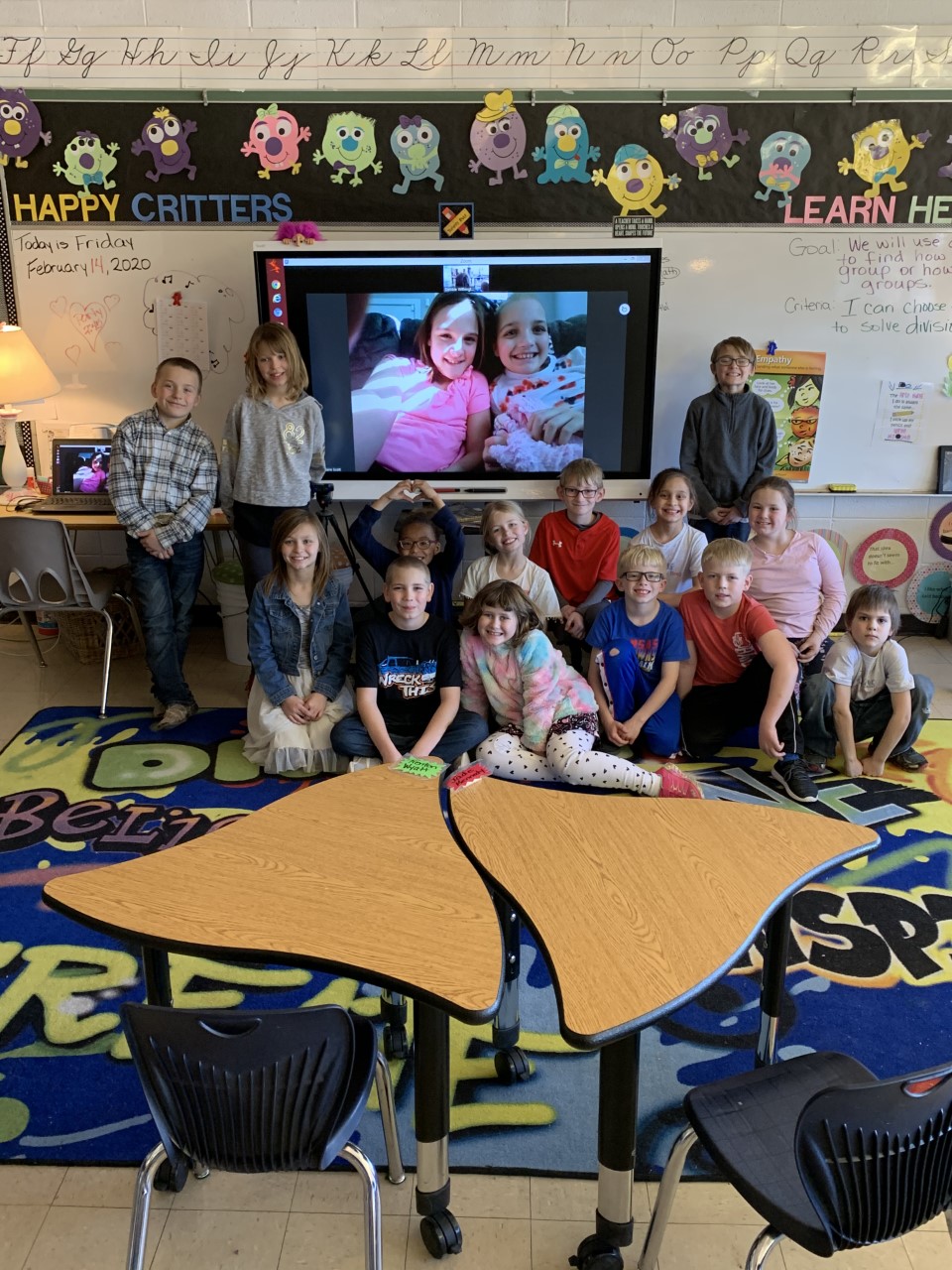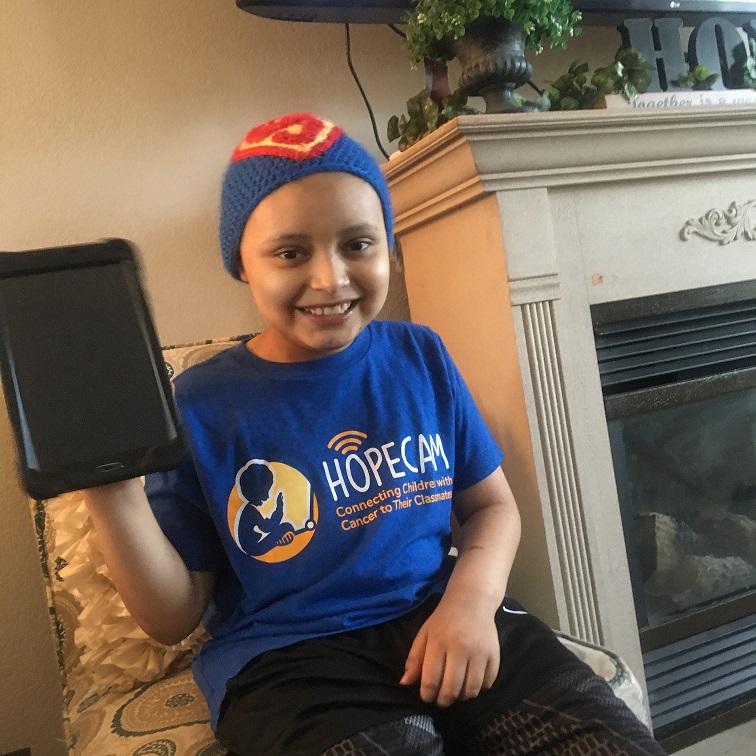
Hopecam Helps Kids with Cancer Fight Loneliness and Social Isolation All the More So During COVID-19
Hopecam can’t cure cancer, but can go a long way toward reconnecting kids with cancer to their peers by ensuring access to technology. That’s important, because the social isolation of pediatric cancer is a painful thing that only makes things harder for children fighting the battle of their life. The case for helping these children is compelling, which is why Kars4Kids awarded Hopecam one of our small grants—it seemed like the least we could do. But we also had a chat with Hopecam Executive Director Lauren Priestas, to offer you an inside view on the important work of this organization that is working so hard on behalf of pediatric cancer patients:
Kars4Kids: In what way does pediatric cancer isolate children from their peers? What is the effect of social isolation on such children?
Lauren Priestas: Each year, close to 16,000 children in the United States are diagnosed with cancer. One in every five schools has a child in treatment for this disease. Among the first side effects felt by these children is loneliness. Life is changed dramatically for a child diagnosed with cancer. One day they are going to school and participating in after school activities and then next day they are confined to a hospital bed or homebound for lifesaving treatment. During the most frightening time in their life, they can’t be with their friends, one of their most important sources of support. Research shows that children that felt more supported by their classmates during cancer treatment were less depressed, less anxious, and had higher self-esteem than children who did not feel supported by classmates.
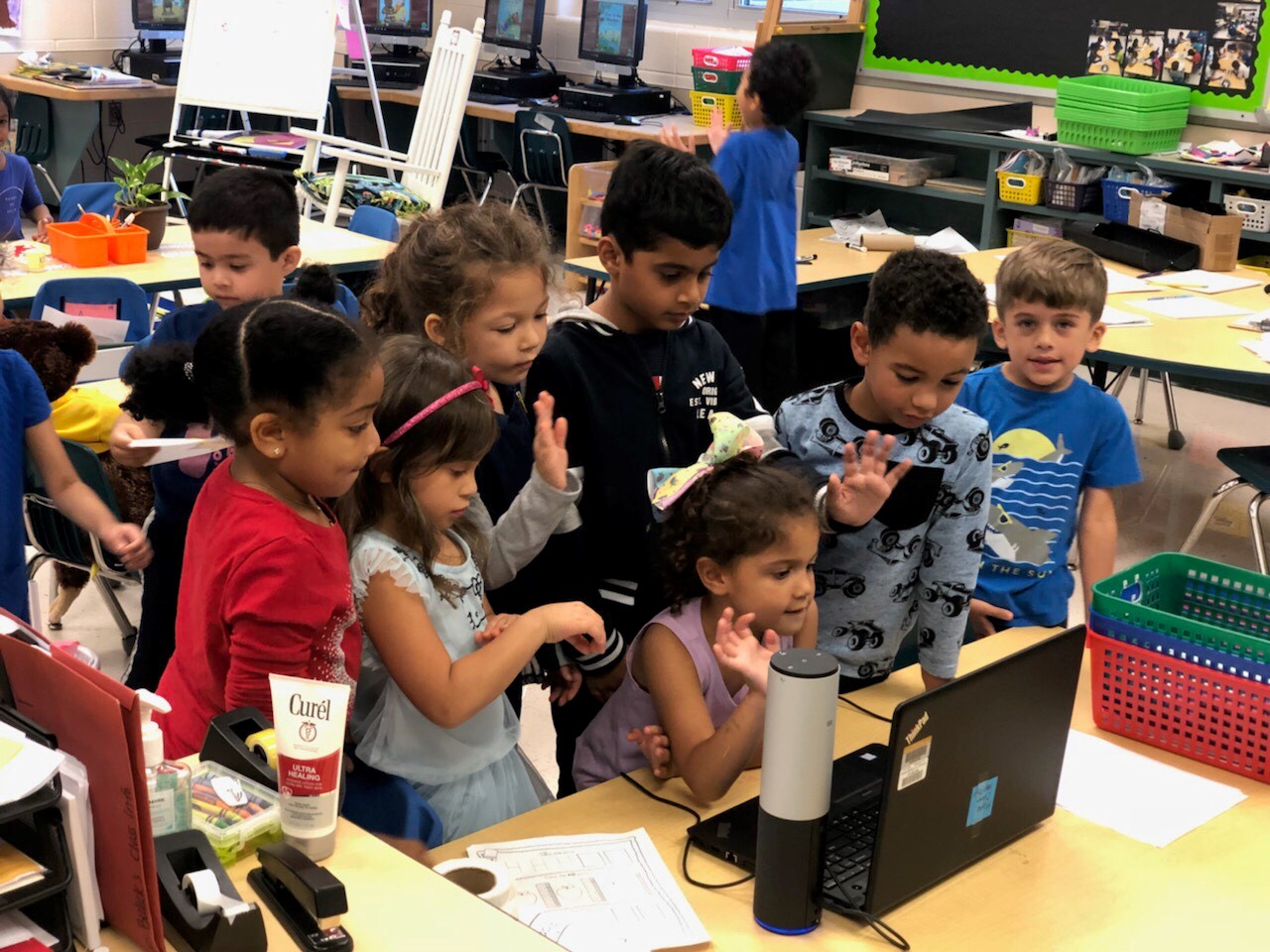
Kars4Kids: How does Hopecam combat the social isolation experienced by children with cancer?
Lauren Priestas: Through Hopecam-provided technology and Internet access, we help reduce the loneliness and social isolation that kids feel as they undergo treatment; lift the spirits of kids and their families during what can be a long and daunting time; and enable homebound students to see and talk with their teachers and friends, keep up with in-class programming and education, and/or participate in extracurricular clubs and social groups. Hopecam combats social isolation by establishing a virtual connection where previously there was none.
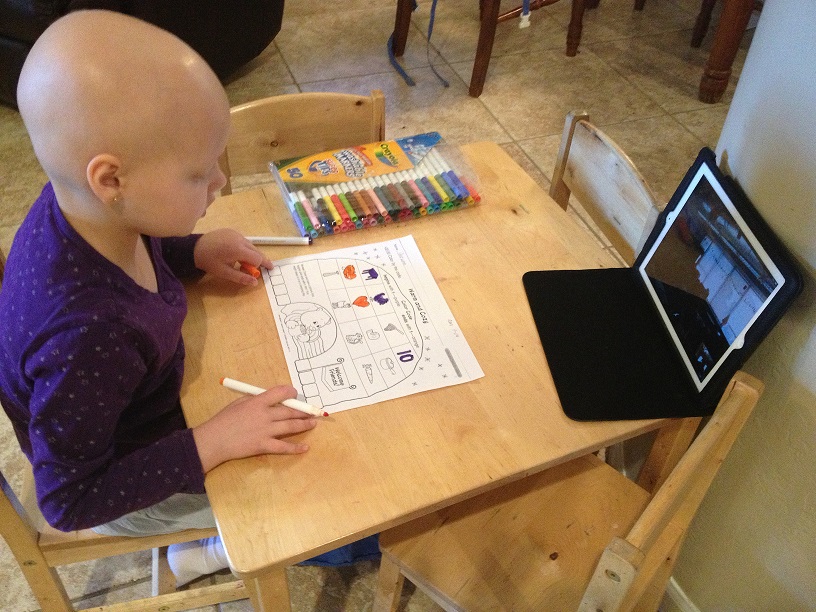
Kars4Kids: How is Hopecam different than the many organizations which distribute tablets to pediatric cancer patients?
Lauren Priestas: Hopecam’s impact goes far beyond supplying hardware. When a child receives a diagnosis of cancer, life changes forever. Our comprehensive services and resources make a huge difference in the child’s attitude during treatment. In addition, a Hopecam-provided connection impacts the lives of that child’s classmates, fostering compassion and teaching lessons about coping with difficult times.
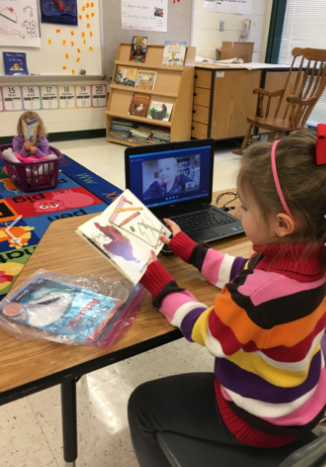
Each Hopecam child receives a tablet or Chromebook pre-programmed with Zoom, a video conferencing app. If the family does not have internet access in the home, Hopecam provides a hotspot for the child. We gift the equipment and pay for internet service during the time when the child cannot attend school. Schools receive web cameras, laptops, lesson plans and additional resources.
Once a child is connected, we remain as a resource for school officials and families while the child participates remotely. A Hopecam team member is assigned to every child and keeps in contact with him or her, providing monthly and quarterly check-ins to answer questions and assist with any challenges that might occur along the way.
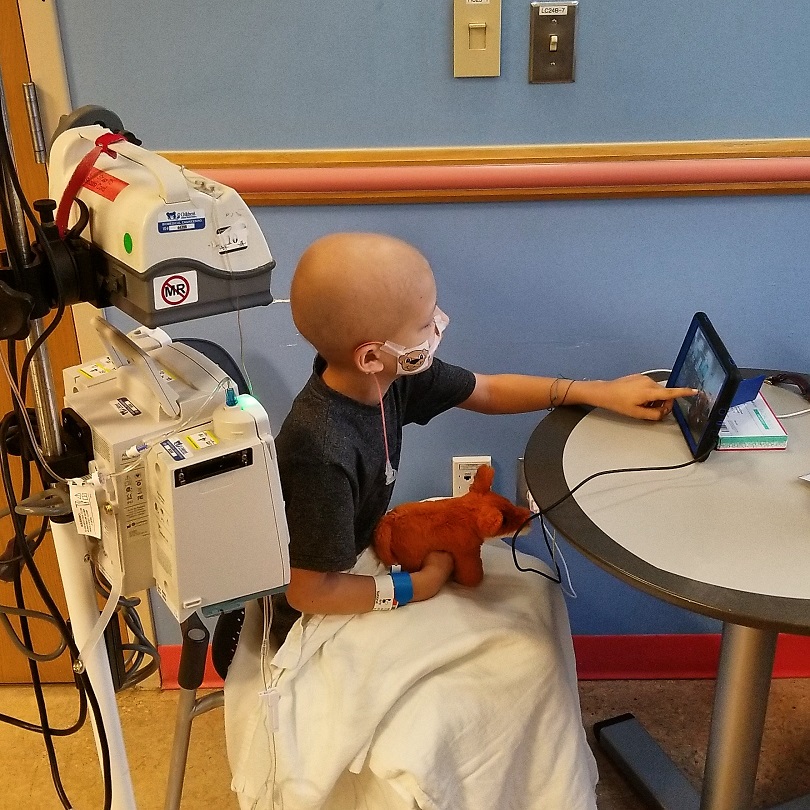
Kars4Kids: Do some schools or teachers resist cooperation with Hopecam? How is this handled?
Lauren Priestas: Occasionally, there is resistance to our program but because of coronavirus, everyone now knows more than ever what a child with cancer experiences every day through isolation. And while no two schools are alike, with differing privacy policies, technology needs and virtual programs, Hopecam works one-on-one with schools to demystify cancer in real time and to identify the best scenario to connect a child undergoing treatment for cancer. We can even provide teachers with instructions and lesson plans to help them adjust to having a virtual student, and every teacher can control the camera with a remote to help the student at home learn and see what is going on in the classroom.
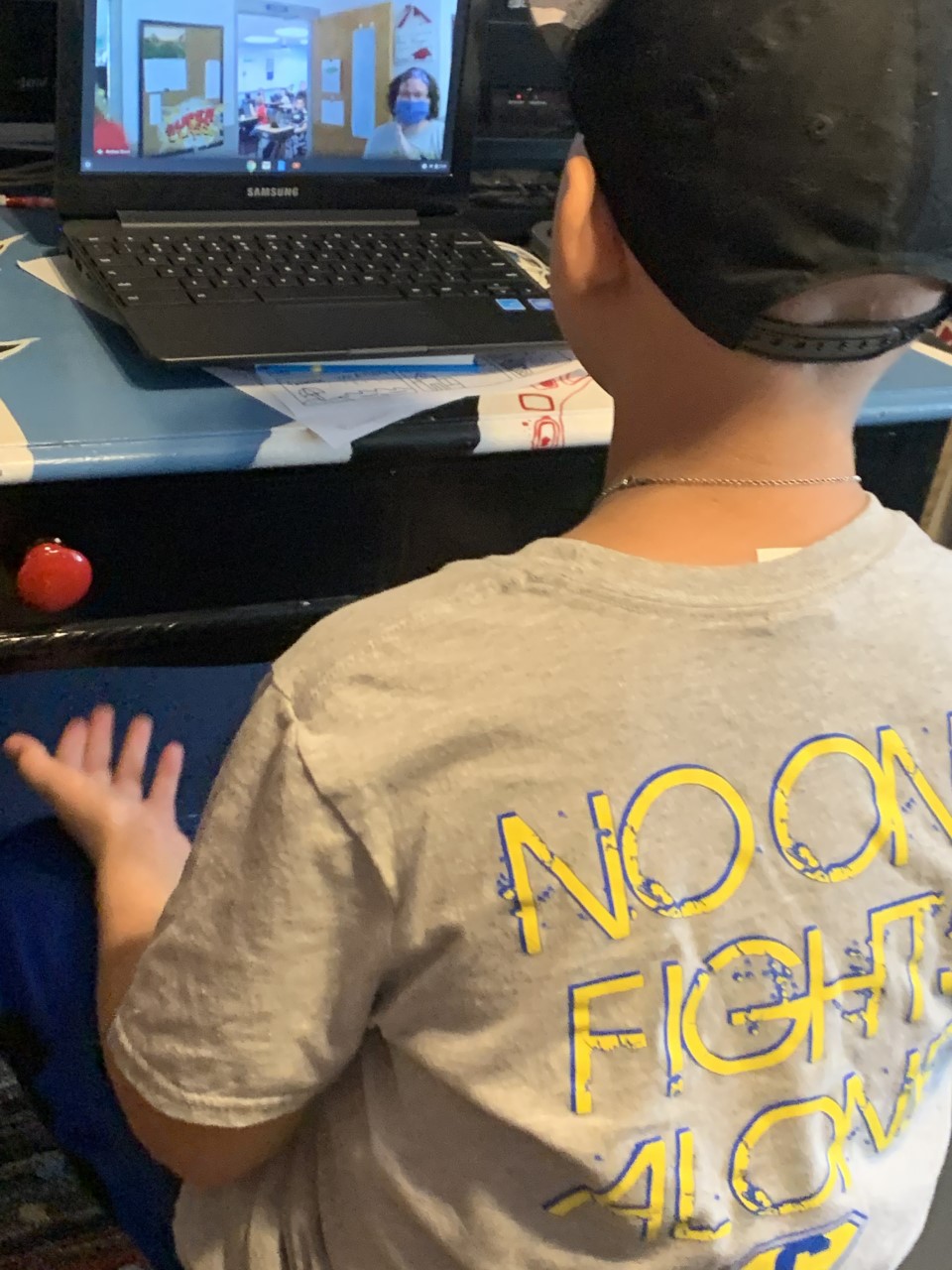
Kars4Kids: Can you describe a Hopecam video conferencing lunch bunch or video conferencing peer connection meeting?
Lauren Priestas: A lunch bunch or peer connection looks different for every child across the country. If school is in-person, it could be a group of kids laughing, smiling and talking with their classmate at home through a virtual connection. If a school system is participating in full virtual learning, it could be a video conferencing lunch between two friends while they are on a break from their schoolwork. Though each session is different for every child, the importance of bringing normalcy to the life of the child with cancer by creating a social connection remains the same.
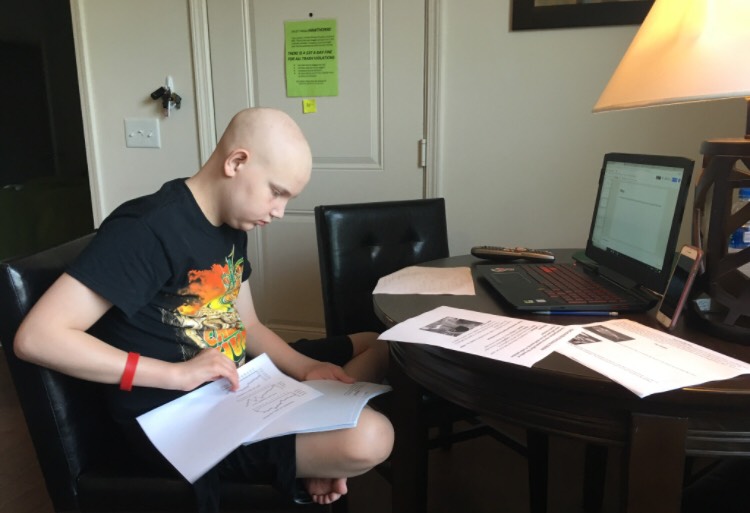
Kars4Kids: Hopecam, according to your website, is primarily a social tool, and only secondarily an educational tool. Why?
Lauren Priestas: By keeping kids in cancer treatment connected and engaged with their social circles, Hopecam promotes healing and boosts mental health by defeating social isolation. Research shows that children who felt more supported from their classmates during treatment were “less depressed, less anxious, and had higher self-esteem” than children who did connect with classmates (Suzuki and Kato, 2003), and Hopecam was founded on that very premise.
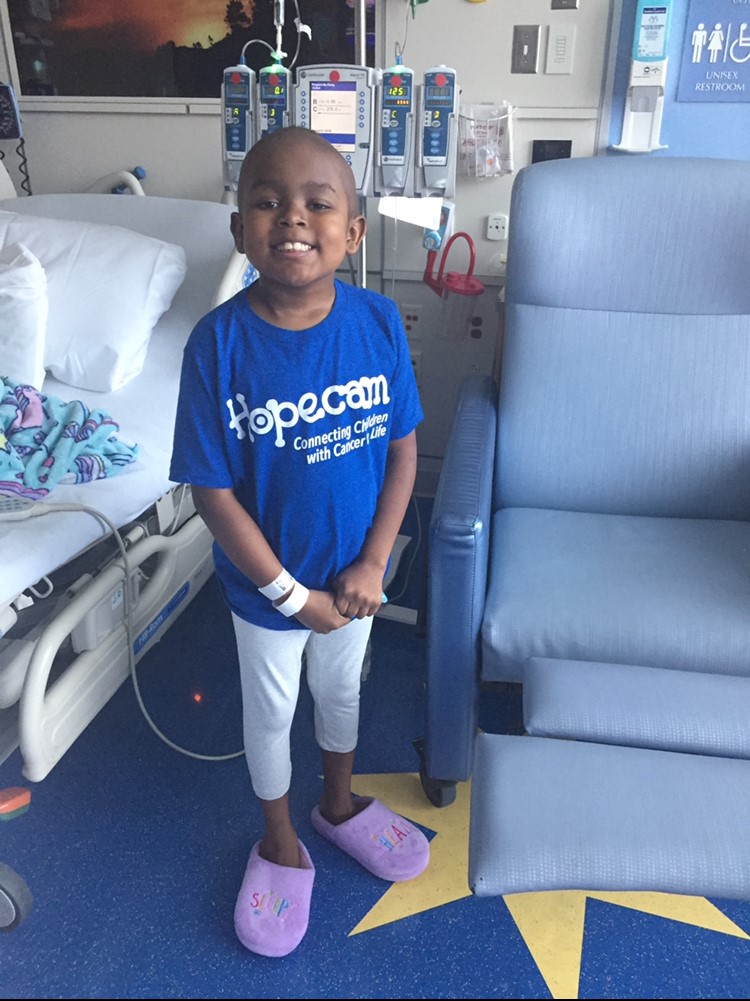
Kars4Kids: When did you start Hopecam and how many children have been served by your program?
Lauren Priestas: Hopecam was founded in 2003 and we have served 2,500 kids across the United States and have demystified cancer for over 50,000 of their classmates.
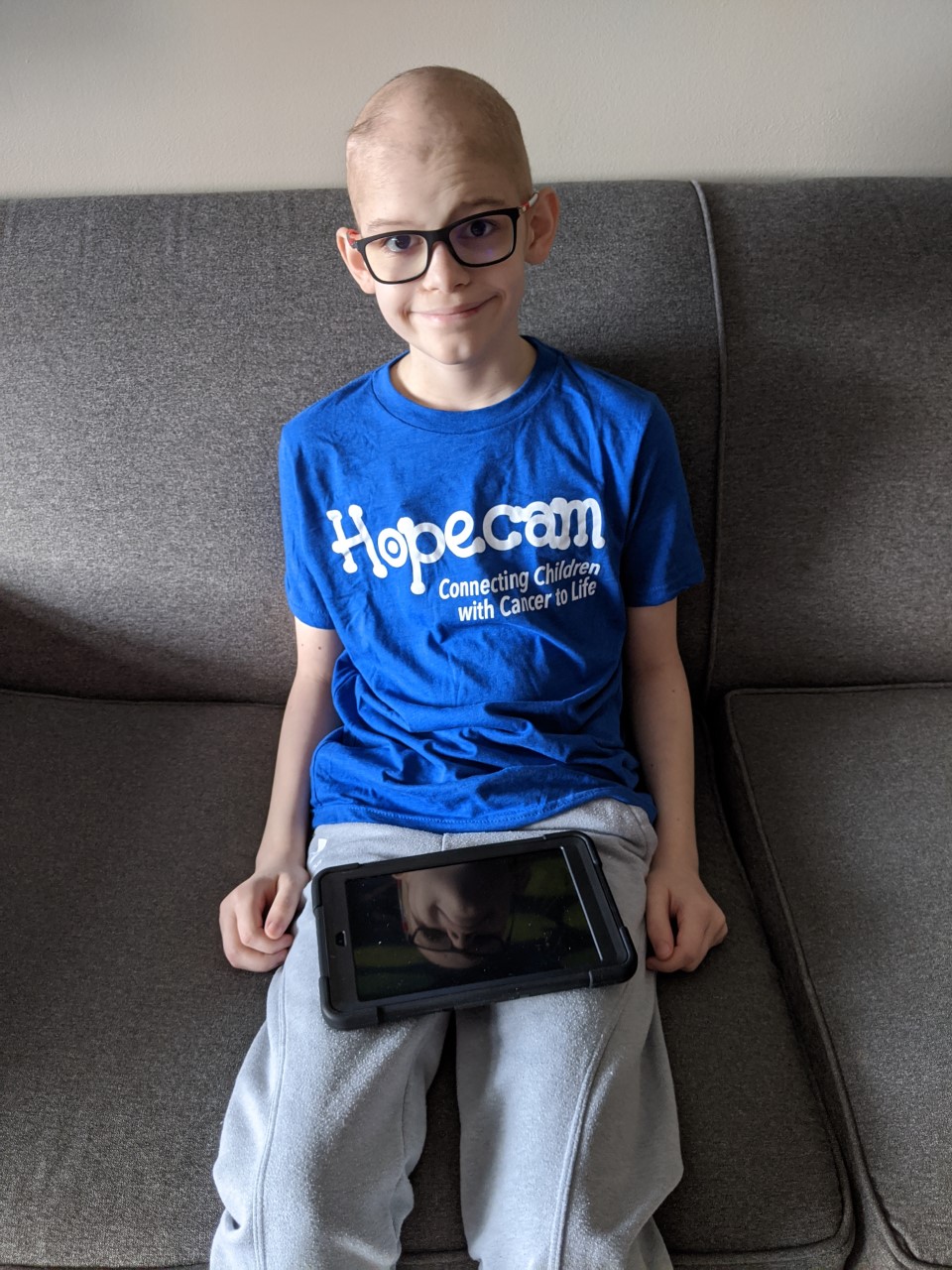
Kars4Kids: Who came up with the idea for Hopecam? Can you tell us a bit about that?
Lauren Priestas: Hopecam launched in 2003, when Founder Len Forkas’ son, Matt, was diagnosed with Leukemia; one of the first side effects was that during the toughest time in his life, Matt was cut off from his friends and classmates. Len set up computers and webcams in his son’s bedroom and in his 3rd grade classroom, and the change in his attitude and outlook was remarkable. Inspired by what he saw in his son, he launched Hopecam so that other children could reap the benefits of being socially connected through what can be long and frightening cancer treatments.
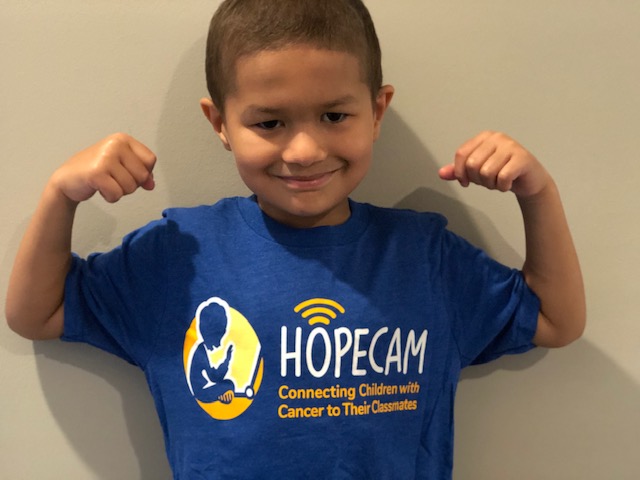
Kars4Kids: How has coronavirus affected the work of Hopecam, if at all? Perhaps the virus was a kind of equalizer, causing social isolation for all children, to some extent?
Lauren Priestas: In 2020, COVID-19 caused a widespread switch from in-person medical visits to virtual ones. The children in our program now depend on their tablets, Chromebooks and Wi-Fi hotspots for telehealth, communicating not only with their friends and family but also with their medical teams. Our technology provides a safe way for immune-compromised children to receive essential health services and meet regularly with doctors, social workers and counselors.
A second development that’s driving the need for Hopecam’s expertise and resources is the transition to virtual learning. While some schools have gone completely virtual, others have hybrid classrooms (attendance that is both in-person and remote). In either case, most school systems simply do not have adequate technology to offer a full scope of virtual services to students who depend upon remote learning. This limits opportunities to connect and receive ancillary support – especially among children with cancer.
Prior to the pandemic, homebound children might have connected to their classes during a lunch bunch or extended learning time, where they could converse with friends. Now, they often listen with their mics muted and connect for learning purposes only – largely because their school’s technology resources have been stretched too thin to allow much else.
And because these children are immune compromised, they cannot have playdates or participate in extracurricular activities, even when strict social distancing measures are observed. For seriously ill children, social interaction doesn’t happen as it did in the past, which affects their mental health and puts them at risk for depression.
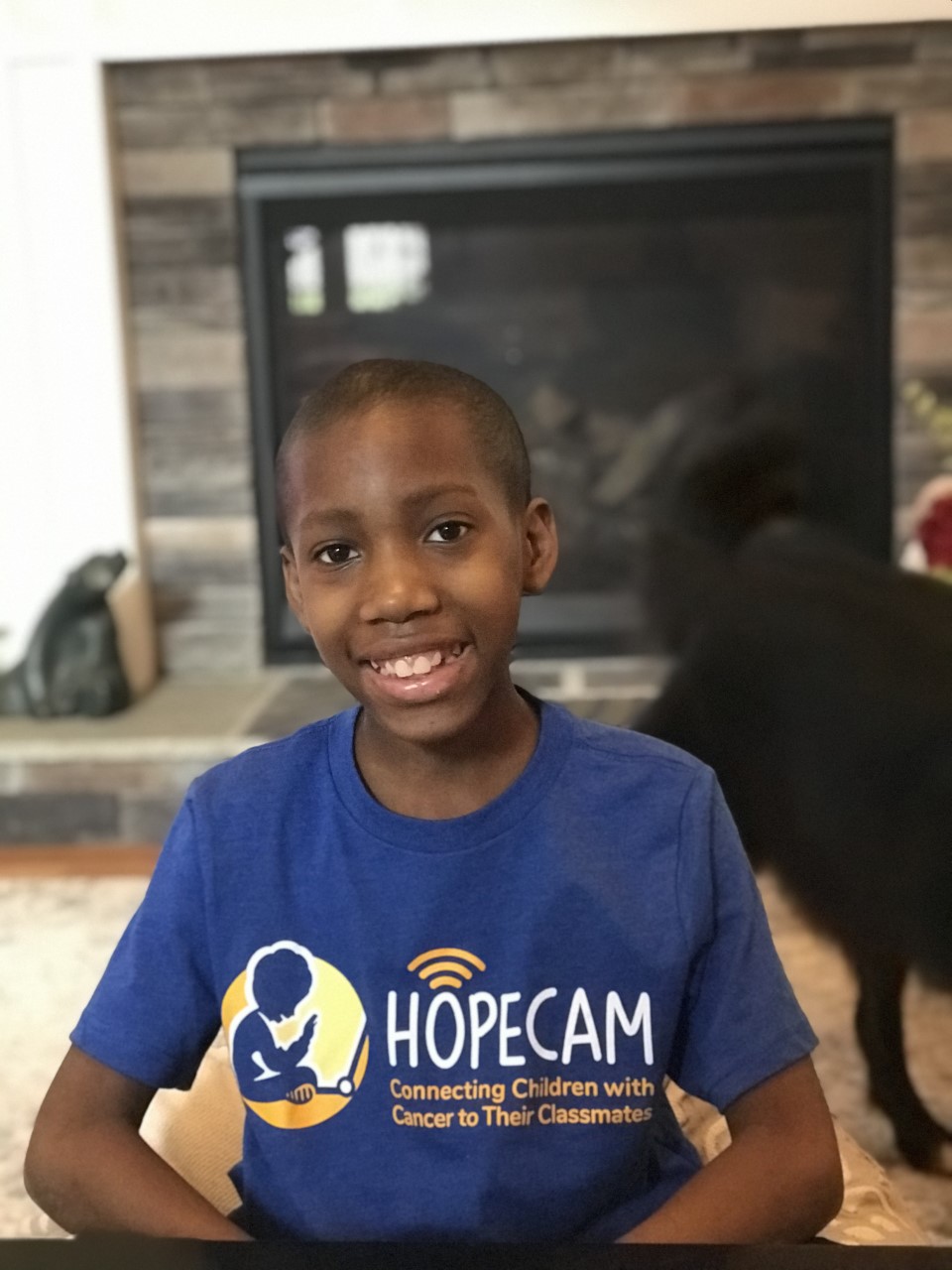
Kars4Kids: What’s next for Hopecam?
Lauren Priestas: Every day, 43 children are diagnosed with cancer in the U.S. Unfortunately, no cure exists for childhood cancer. Hopecam will happily shutter its doors should that day ever arrive. Until then, our mission remains vital. Thousands of children need our help – and yours – to fight this terrible disease.
Children with cancer were already prone to loneliness, anxiety and depression before the pandemic. All of these risks have been exacerbated in 2020, prompting an urgent need for technology and other resources to support telehealth, social isolation and virtual learning. Through Hopecam, we can better equip families and schools, expand into new communities, and serve more children at a time when they need connectivity more than ever.
